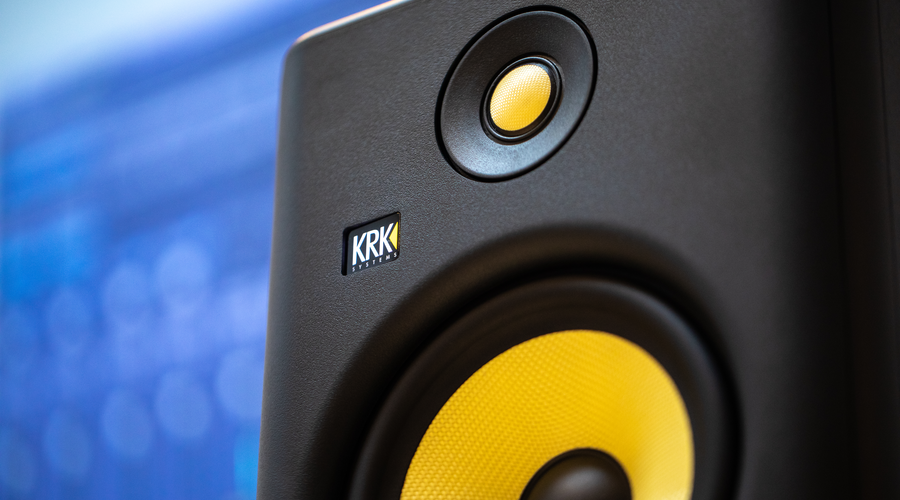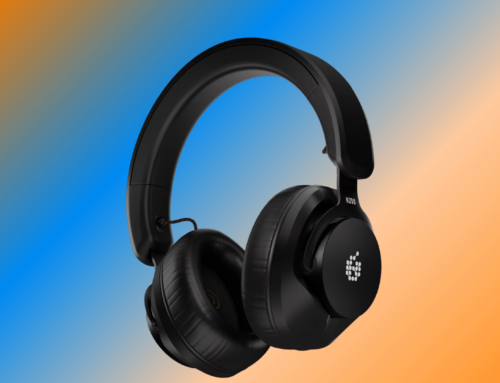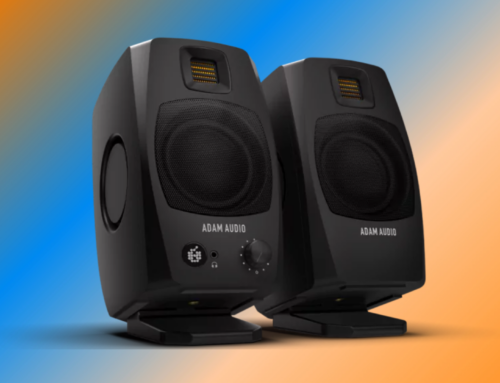KRK ROKIT monitors are among the most popular on the market, but it is fair to say that former ranges have been the subject of quite a lot of debate in audio communities. They look impressive, and they are marketed well, but some of the incarnations of their speakers have historically left a little to be desired when it comes to using them in the studio or as DJ monitors.
Some preceding KRK ROKITs have not had flat frequency responses, and, when you are looking to create a balanced mix, this is far from ideal. Previous incarnations of the KRK ROKIT speakers have had extremely heavy bass. This includes the earlier versions of the ROKIT monitors. This can make for a good listening experience, especially with certain genres of music, but it is far from ideal when you are trying to mix. It becomes easy to overcompensate and create an uneven mix. When developing the G4s, KRK addressed these concerns and created an enhanced version that is extremely flat.
Improvements
The good aspects we’ve come to associate with ROKITs are still in place with the KRK ROKIT 8 G4s. They have tight and accurate low-frequency extension, which is aided by the Class D power amps, Kevlar® material drivers, and a front-firing port. The monitors are powerful (delivering 203 Watts compared to the 100 Watts of the G3s) with 8-inch cones providing plenty of volume for most studios. However, power and bass were never issues. The impressive areas, which have been addressed, are around EQ and high frequencies.
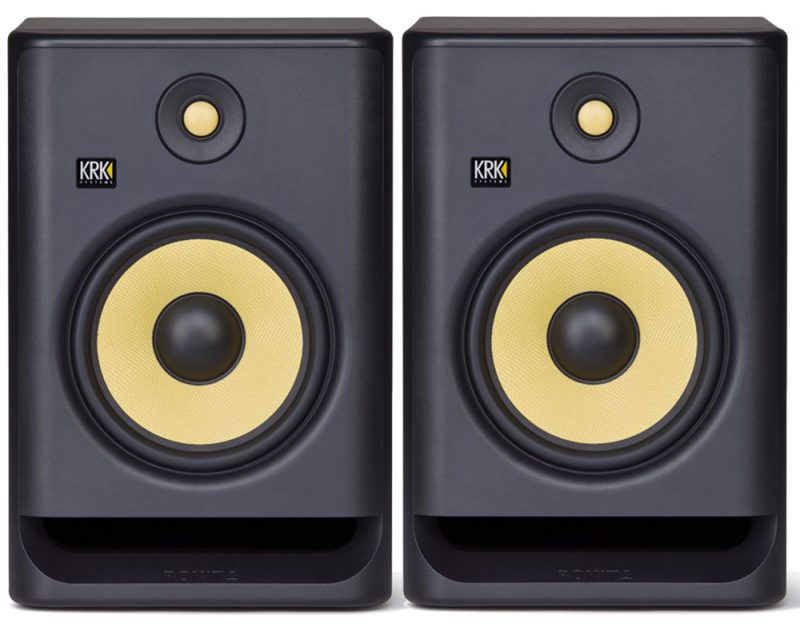
Precision is the brand’s aim with recent improvements, such as those found with the upgraded V Series monitors. Those enhancements have also been integrated into the KRK ROKIT G4s, launched in 2019, which now come with impressive control features around their frequency response.
EQ
Every newly made ROKIT in the G4 series has onboard room tuning, which means you can adapt it to the specific space in which it is being used. In addition, the new KRK app allows you to analyze the acoustics of the room. This enables you to simply work out the placement, angle and EQ settings for the room. You don’t even need to be an audio engineer or know a lot about music tech to do this. The brand also claims that this is the only monitor in this price range and class that has an LCD EQ, which lets you see the settings in action.
The Sound
Along with the crisp bass we’ve come to know, the ROKIT 8 G4s have a full and balanced midrange and a shine at the highs, which completes a well-rounded set of monitors. Where the previous KRKs could have been criticized for being unbalanced, these certainly cannot, and if you find that they react with the room you are in negatively, this can be addressed with the app and EQ settings.
The bass response starts at 36Hz and extends to 40KHz, which is perfect for all kinds of production. It means that the low frequencies are still there, and the feel of the thud of a kick drum or the attack of sub-bass can glow through these speakers, but not overpower those highs. If you want to have fun while producing, you can still boost the bass frequencies.
Those Kevlar drivers, synonymous with the brand’s high-end monitors, are brought to the ROKITs range for the first time and do a superb job. The audio remains distortion-free even if you start to crank these speakers.
We found that these monitors had a way of reducing some of the listening fatigue many producers experience. Sessions of four or five hours were no huge problem mixing on these speakers, probably in no small part due to the balance of the tone. The bass frequencies aren’t constantly hammering away at your eardrums.
The sound pressure level has a maximum of 111 dB, and the power outputs at up to 203 watts. This is more than enough for most studio uses and even as DJ monitors.
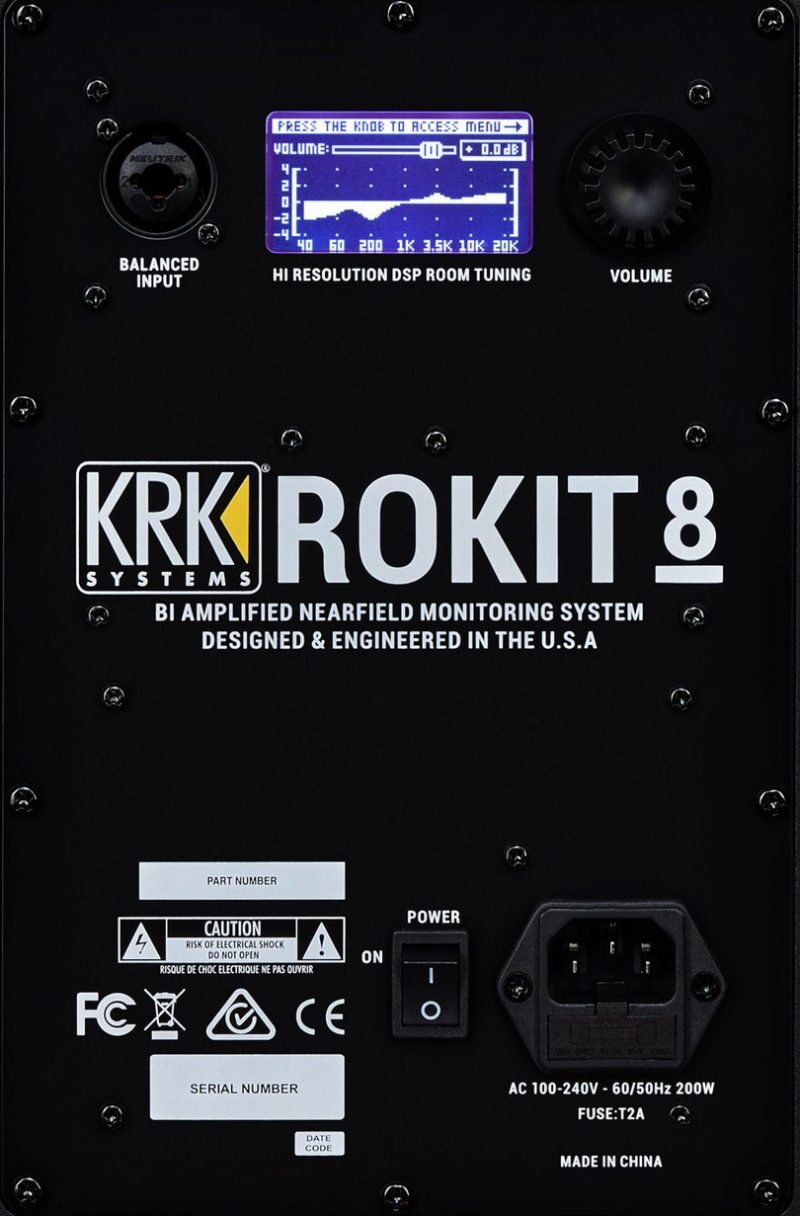
The Build
Build quality is something that KRK has always done pretty well. The way these monitors are designed has been thought about. They come with a high-density foam pad. This takes the speaker away from the surface and does a good job of reducing any vibration.
It has a front-firing port to help with the low-end punch. As well as this, the low resonance enclosure within has been made to prevent any colorization of the sound and prevent distortion. We’ve already discussed the high-quality Kevlar divers, which are robust and powerful and have no issues driving the bounce of these cones.
Looks
Looks are never the top priority, but there is no shame in not wanting your speakers to be ugly. While some previous monitors have had quite a loud design, the ROKIT 8 G4s, and the rest of the G4 range, have a more stripped-back look, which we think gives a professional edge. You can still tell they are KRKs, and they have plenty of charm, but they aren’t over the top.
Value for Money
If you are looking to buy speakers in this price range, there is a lot of competition from brands like Pioneer and Yamaha. KRK has always retained a following even after some lower-quality speakers, and many DJs have found them great for monitoring. With the current range, though, these speakers have been brought up to a studio level, and offer real competition for some of the other top speakers at the same price point.
We wouldn’t go so far as to call these “cheap,” but when you consider the audio features and the fact you can control the EQ with such ease, value is a good way of describing them. You get plenty of bang for your buck.
Conclusion
All-in-all, it is fair to say these are an improvement, and that some of the criticisms leveled at previous incarnations have been addressed. On top of this, these speakers have tried to push the envelope with EQ functions, something that we’re hoping more audio brands follow suit with. Arguably the most evenly balanced KRKs we’ve seen to date.
